Understanding the Importance of Checking Yourself for Oral Cancer
Oral cancer is a serious condition that affects thousands of people every year in the United States. Early detection can make a significant difference in treatment outcomes, yet many people are unaware of how to perform a simple self-examination to catch warning signs early. Checking yourself for oral cancer is an empowering step toward maintaining your oral health and overall well-being.
Oral cancer can develop in any part of the mouth, including the lips, tongue, cheeks, floor of the mouth, and throat. Because early symptoms may be subtle or mistaken for less serious issues, understanding how to recognize them and when to seek professional help is critical.
1. Recognizing Common Signs and Symptoms of Oral Cancer
Before performing a self-exam, it’s helpful to know the typical signs that might indicate the presence of oral cancer. These symptoms don’t always mean cancer, but if they persist for more than two weeks, it’s important to get a professional evaluation:
- Unexplained sores or ulcers: Painful or painless sores that do not heal.
- Red or white patches: Areas inside the mouth that appear unusually red or white.
- Lumps or thickened areas: Any unusual bumps or growths on the lips, gums, or inside the mouth.
- Persistent pain or discomfort: Ongoing soreness or tenderness in the mouth or throat.
- Difficulty chewing or swallowing: A feeling of something caught in the throat or trouble moving the jaw or tongue.
- Numbness or loss of feeling: Unexplained numbness in the tongue or other areas of the mouth.
2. How to Perform a Thorough Oral Cancer Self-Examination
Conducting a monthly self-check is a straightforward process that only takes a few minutes but can be life-saving. Here’s a step-by-step guide to thoroughly examine your mouth for any signs of concern:
2.1 Prepare Your Space
Stand in front of a well-lit mirror with good lighting, and have a flashlight or your smartphone light ready to inspect darker areas inside your mouth.
2.2 Check Your Lips and Mouth Exterior
Start by looking carefully at your lips, feeling for lumps, sores, or irregularities. Gently pull your lips outward to check both the inside and outside surfaces.
2.3 Examine the Gums and Inside of the Cheeks
Use your fingers to feel the gums, checking for any swelling or thickened areas. Look inside your cheeks by pulling them away from your teeth to inspect for red or white patches and sores.
2.4 Inspect the Roof and Floor of Your Mouth
Lift your tongue to view the roof of your mouth. Use the light to check the floor of your mouth, especially beneath your tongue, where cancerous lesions often develop.
2.5 Look at Your Tongue
Stick out your tongue and observe its surface carefully. Run your fingers over the top, sides, and underneath the tongue to feel for lumps or tenderness.
2.6 Check Your Throat
Open your mouth wide and say “ah” to view your throat. Use the flashlight to inspect your tonsils and back of the throat for unusual colors or growths.
3. Who Should Be Especially Vigilant?
Certain risk factors increase the likelihood of developing oral cancer, making regular self-exams and professional check-ups essential for individuals with:
- History of tobacco use, including smoking and chewing tobacco.
- Heavy alcohol consumption.
- Human papillomavirus (HPV) infection.
- Excessive sun exposure to the lips.
- A family history of cancer.
Understanding your personal risk can help you prioritize oral health screenings and adopt preventive habits.
4. Real-Life Example: How Early Detection Saved a Life
Jessica, a 45-year-old school teacher from Texas, noticed a small white patch inside her cheek during a routine self-exam. At first, she thought it was a canker sore, but after two weeks with no improvement, she scheduled an appointment with her dentist. A biopsy revealed early-stage oral cancer, and thanks to prompt treatment, Jessica’s cancer was successfully treated without extensive surgery.
Jessica’s story underscores the importance of routine self-checks and listening to your body’s signals. Early detection not only saved her life but also helped her avoid aggressive treatments that might have impacted her quality of life.
5. When to Consult a Healthcare Professional
If you detect any suspicious signs or symptoms during your self-exam, it’s critical to seek professional advice immediately. Dentists and oral surgeons can perform comprehensive screenings and recommend biopsies if necessary.
Regular dental visits, ideally twice a year, also play an essential role in oral cancer prevention and early detection. Many dental offices now include oral cancer screenings as part of routine cleanings and check-ups.
6. How to Reduce Your Risk of Oral Cancer
Prevention is always better than cure. Besides regular self-examinations, adopting healthy lifestyle habits can reduce your risk:
- Quit smoking and avoid tobacco products.
- Limit alcohol intake.
- Practice safe oral sex to reduce HPV risk.
- Maintain good oral hygiene with daily brushing and flossing.
- Protect lips from excessive sun exposure by using lip balm with SPF.
- Eat a balanced diet rich in fruits and vegetables to support immune health.
7. The Role of Technology and Professional Screenings
Recent advances have improved oral cancer detection methods. Some dental offices use specialized light devices or brushes to identify suspicious tissue changes before they become visible to the naked eye. Staying informed about these technologies can enhance your oral cancer prevention strategy.
For those interested in learning more or seeking trusted oral health services, visiting platforms like Dentistry Toothtruth can provide recommendations tailored to your needs.

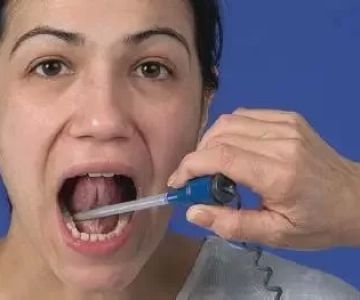

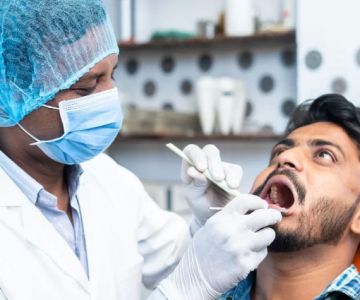
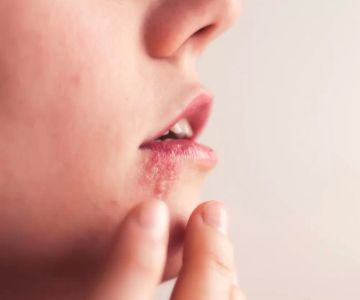
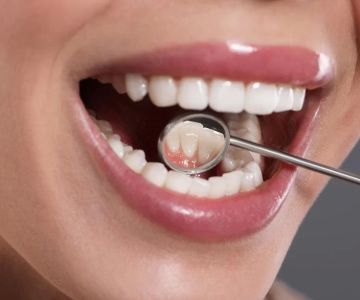
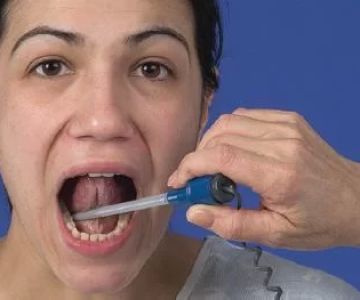
 Growing Smiles of Voorhees4.0 (2464 review)
Growing Smiles of Voorhees4.0 (2464 review) Affordable Dentures & Implants4.0 (855 review)
Affordable Dentures & Implants4.0 (855 review) Coventry Family Dental4.0 (247 review)
Coventry Family Dental4.0 (247 review) Hiser Orthodontics5.0 (283 review)
Hiser Orthodontics5.0 (283 review) Sapphire Family Dental (Dr. Amy Chi, Dr. Emily Allen & Dr. Steven Rzepecki)4.0 (208 review)
Sapphire Family Dental (Dr. Amy Chi, Dr. Emily Allen & Dr. Steven Rzepecki)4.0 (208 review)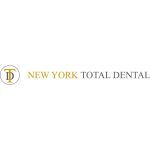 New York Total Dental5.0 (85 review)
New York Total Dental5.0 (85 review) The Importance of Oral Health Education During Pregnancy for a Healthy Pregnancy
The Importance of Oral Health Education During Pregnancy for a Healthy Pregnancy Best Tips for Brushing Your Teeth Properly for Healthy Gums: Essential Techniques for Oral Health
Best Tips for Brushing Your Teeth Properly for Healthy Gums: Essential Techniques for Oral Health Why Skipping Dental Checkups Can Lead to Bigger Oral Health Problems
Why Skipping Dental Checkups Can Lead to Bigger Oral Health Problems Advantages of Porcelain Dental Restorations
Advantages of Porcelain Dental Restorations How Can Diabetes Cause Tooth and Gum Problems? Preventing and Managing Oral Health Issues
How Can Diabetes Cause Tooth and Gum Problems? Preventing and Managing Oral Health Issues Healthy Habits for Promoting Good Oral Health and Hygiene: Tips for a Healthy Smile
Healthy Habits for Promoting Good Oral Health and Hygiene: Tips for a Healthy Smile